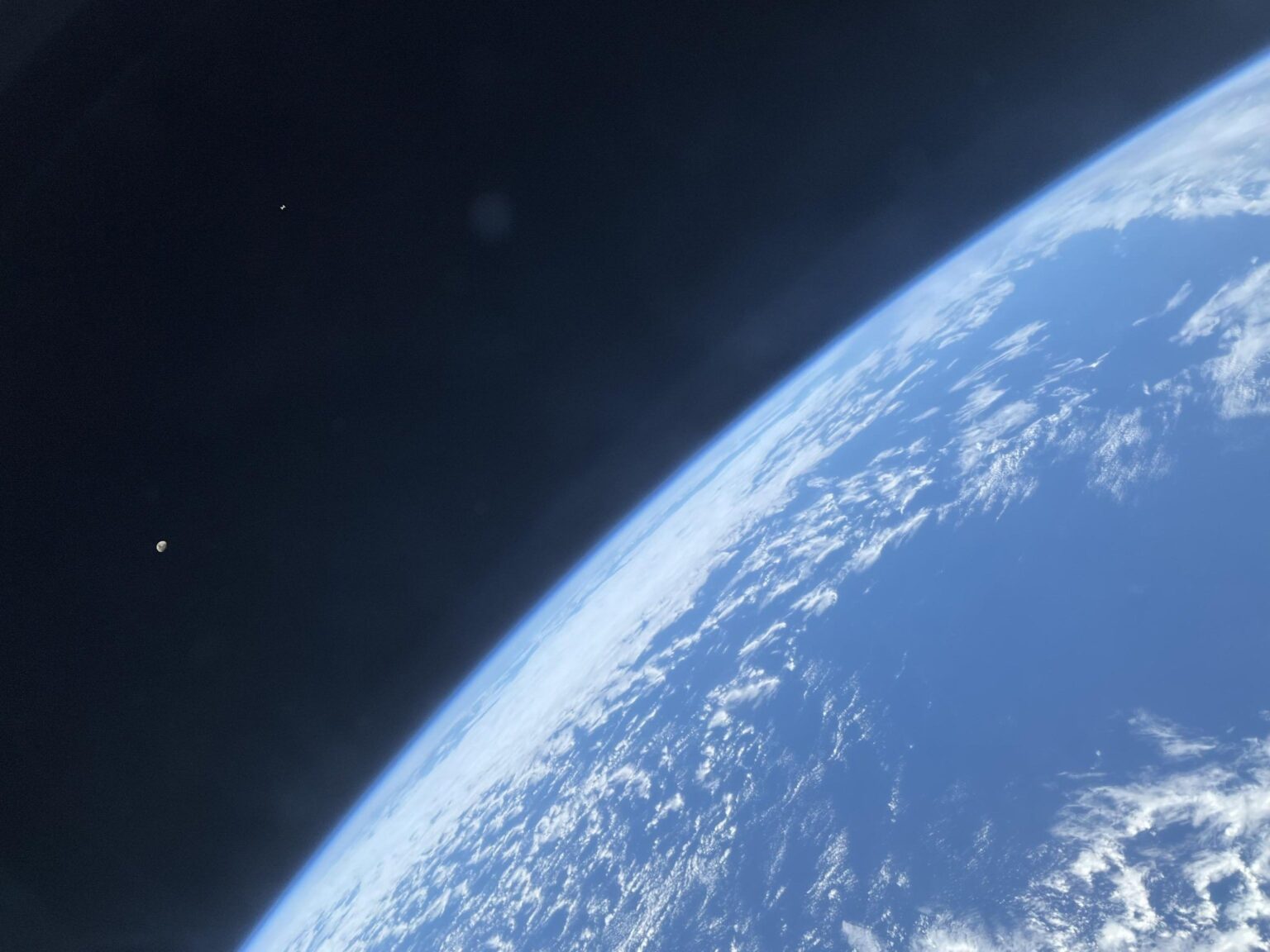A journey to one’s workplace at a height of 400 km above the Earth’s surface, at the orbital outpost, can be a truly captivating spectacle. On August 26, astronaut Andreas Mogensen of the European Space Agency, along with three other members of the Crew-7 crew, set off from NASA’s launch site at the Kennedy Space Center in Florida aboard SpaceX’s Crew Dragon capsule, headed towards the International Space Station (ISS).

During his journey to the orbital outpost, the astronaut captured an incredible photo that prominently features the Earth, the Moon, and small points of light. These lights were his final destination. The ISS from a distance resembles a bright white star, but upon closer inspection, familiar outlines of the station can be discerned.
In a matter of hours, Mogensen and the other crew members successfully docked with the ISS and are now preparing to spend the next six months on board. As soon as they got on board, the Danish astronaut shared several more photos taken from the capsule, showcasing views of the continents of Europe and Africa, including the south of Spain and a large part of Morocco.
For Mogensen, who already had experience aboard the station in 2015, encountering the vibrant landscapes of Earth is a real delight. The Cupola module on the ISS, with its seven windows, is considered the best place to observe the panoramas of our planet. Many station inhabitants come here to relax and enjoy the views.
The Cupola is also used to support astronauts during spacewalks and to monitor arriving and departing spacecraft.
The ISS has been in orbit for over two decades and hosts astronauts who spend the majority of their time conducting a vast range of scientific research in unique microgravity conditions.
Previously, we explained the ownership of the ISS.

